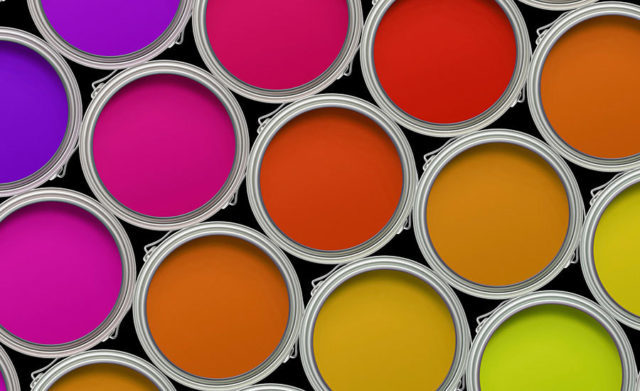More news
- Asian paint regulatory round up – Indonesian exterior paint still uses lead, warns W...
- Nigeria’s paint industry navigates regulatory changes and economic challenges amid p...
- Focus on the global coatings market: Global coatings market outlook
- Ask Joe Powder – October 2024
- Chinese paint majors look to domestic consumer sales as commercial real estate slumps

The paints and coatings market is expected to reach nearly US$191.9bn by the end of 2023, with a compound annual growth rate (CAGR) of 5%, according to the BCC Research report, Global Markets and Advanced Technologies for Paints and Coatings.
The industry is experiencing strong growth due to increasing demand from developing nations.
All manufactured products require a coating for decorative and/or protective purposes, making the industry an integral part of maintaining the appearance, functionality and longevity of many buildings and products.
Therefore, industrial growth in developing economies is a major driver for growth in the coatings industry.
There is a major shift in the production of global paints and coatings, which is moving away from the developed regions, such as Europe and the USA, to developing economies, such as China and India.
Research highlights:
- Increasing demand from both the developed and developing countries is contributing to the overall expansion of the global coatings market;
- The solvent-borne paints and coatings market is not declining as projected, thereby adding to the increase in the total market value of paints and coatings;
- The powder coating and emerging technologies segment is expected to see the highest growth. New technologies focusing on pollution control and other environmental factors are being developed by major manufacturers.
"Paints and coatings contribute to the aesthetics and utility of all manufactured products, but these benefits must be weighed against environmental costs,” said BCC Research Analyst Srinivasa Rajaram.
"Development of economically competitive new coating products and processes is a formidable scientific and engineering challenge.
"Such new products use minimal amounts of material and produce final defect-free coatings in actual production line operations without adverse environmental impact.”
With environmental concerns at the forefront of industry advancement, coatings crafted with waterborne technologies are taking prominence.
The transition away from solvent-borne coatings is occurring in the North American and European markets.
High-solids and radiation-cured technologies are experiencing reasonably good growth as these technologies are considered to be less polluting than solvent-borne technology.



